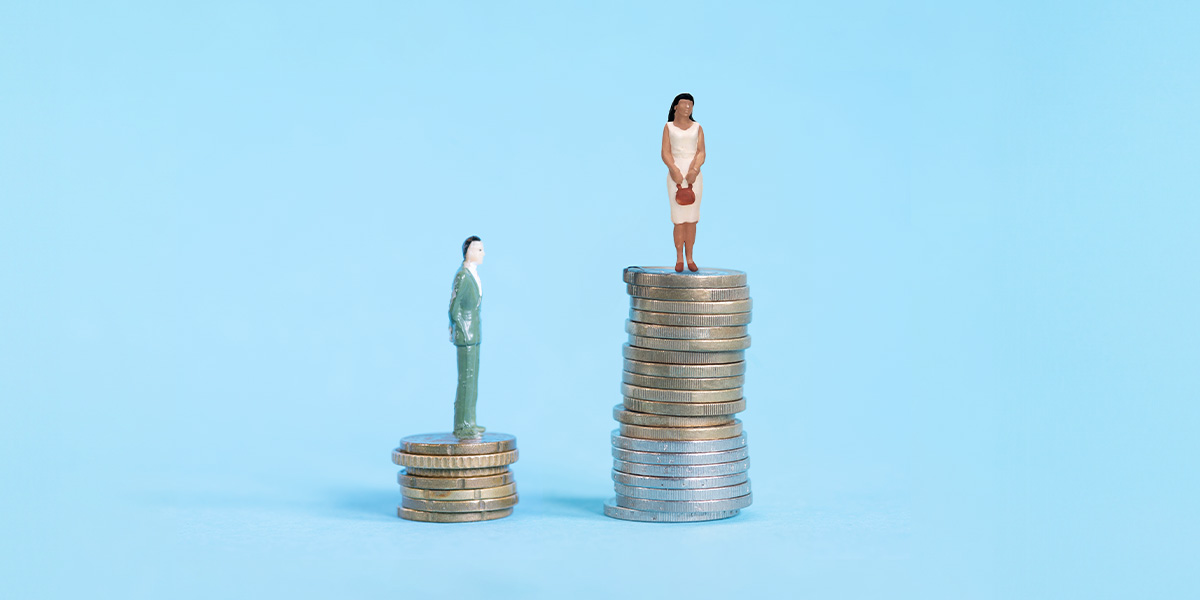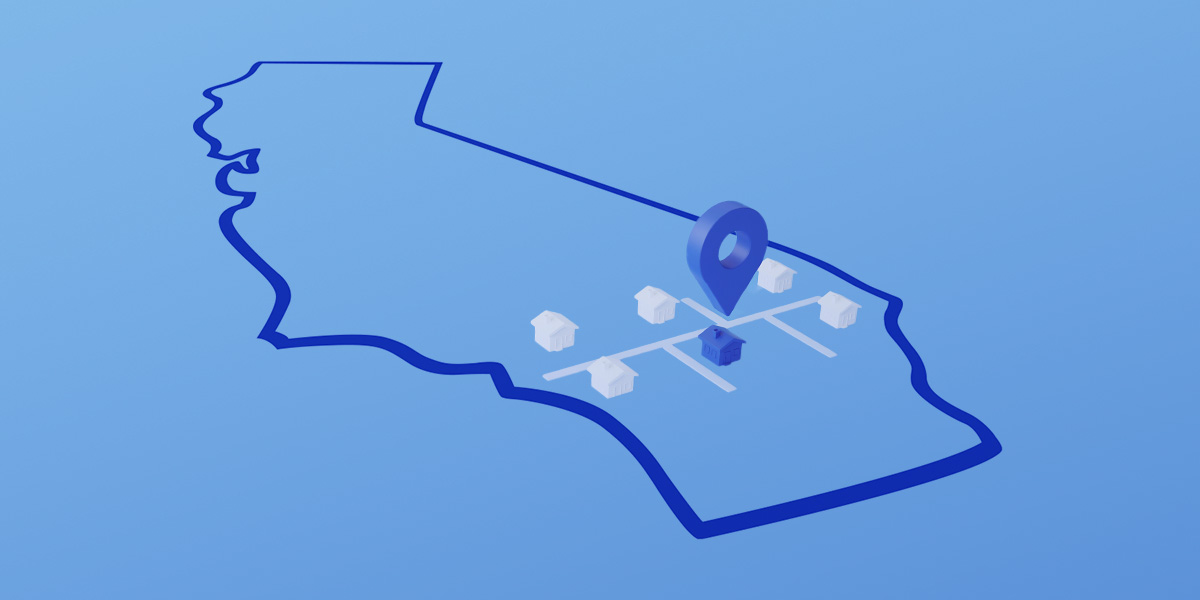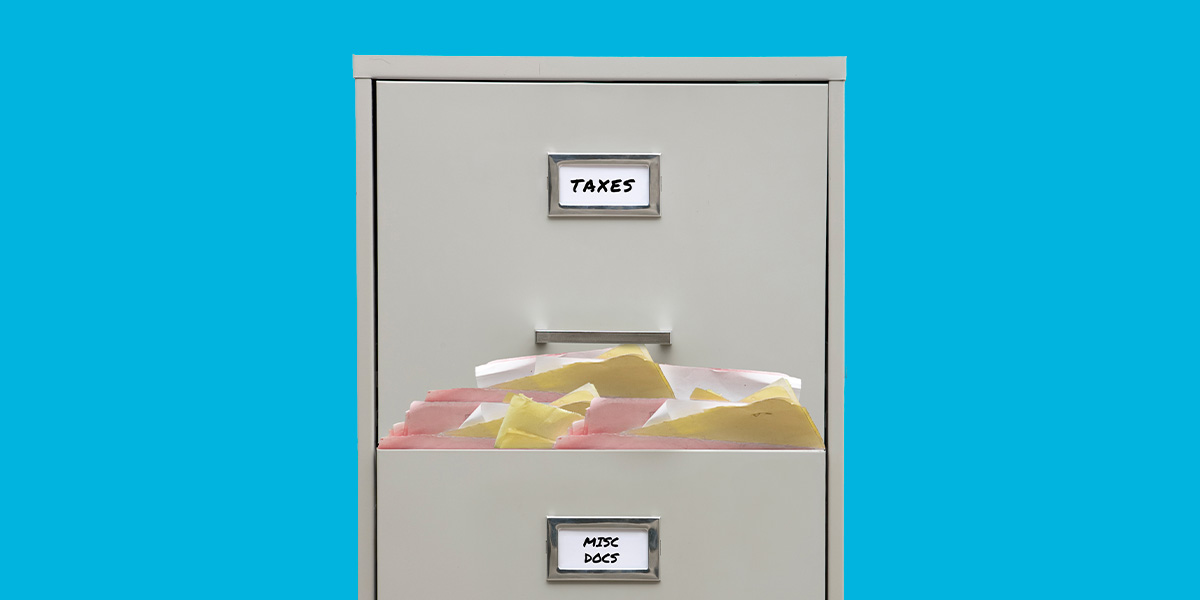-
Personal Banking -
Insights
8 Ways to Help Prevent Check Fraud
For decades, writing checks was the primary method people used to make payments. Most people kept track of bank account activities by recording their deposits, checks and credits in a paper check register. Decades later, technology has advanced, introducing many ways to make payments and send money, and checks are used less frequently.
However, not everyone has stopped writing checks, which means that check fraud continues. Writing checks has its perks. It's easy, convenient and it creates a paper trail. On the other hand, if a check is lost, stolen or falls into criminal hands, it can be manipulated in many ways.
Learning about check fraud, its signs and how to help prevent it can help you protect your money.
What Does Check Fraud Look Like?
Check fraud can occur in a variety of ways. Some of the most common include:
Altered Checks
A fraudster can alter a legitimate check by using rubbing alcohol or another solution to erase the ink and change the payee or the amount.
After erasing the legitimate information, the criminal can fill it in with a different name or amount and cash the check with false identification.
A check can also be altered by taking advantage of blank spaces and adding information. For example, a payee is written as Amy Smith, but a fraudster may write “or John Smith" after Amy's name. Or, say the check amount is $15 and the written amount is fifteen, but there are blank spaces that allow the fraudster to add two more zeros in the numeric amount and write in “hundred" after the word fifteen. Often, fraudsters steal mail in order to find checks they can alter.
Forged Checks
When a blank check is stolen by a criminal, they often will complete the payee, date, and amount fields and forge the account owner's signature.
Counterfeit Checks
Counterfeit checks are stock checks that can be bought at an office supply store or can be printed by using desktop publishing software. They typically have a colored background with the look of a valid check, without any identification or banking information on it. Criminals can purchase or make these checks and print them with valid checking information that they have stolen.
How to Prevent Check Fraud
With advances in electronic payment capabilities and robust fraud detection tools, there are many options that businesses and consumers can use to minimize exposure to altered, forged and counterfeit checks.
Consider these eight possibilities to help you avoid check fraud:
1. Online Bill Pay
You can safely and securely make payments online without writing checks, while also saving on postage stamps and time. You can also protect your personal information by avoiding sending physical checks through the postal system.
With online bill pay, you don't have to wait for days and weeks to see if your mail has been delivered and cleared through your bank; you have full control over when to make the payments. Once you set up online bill pay, you can know exactly how many days it will take for the online bill payment to be delivered.
2. Money Transfer Apps
Peer-to-peer money transfer apps like Zelle and Venmo allow users to move funds from one bank account to another. These apps offer a safe and easy way to pay someone and, in some instances, businesses. All you need is the receiver's U.S. mobile number or email address. Senders and receivers do not need to share their bank information or bank at the same institution. Once money is sent via Zelle or Venmo, the funds are typically received in minutes.
With these payment options, there's no need to worry about checks being lost or stolen. However, these platforms are not without their risks. Check out our article about peer-to-peer payment scams to learn more.
3. Wire
A wire transfer is a secure way to send money domestically and internationally. Because wire transfers incur a fee, most people send wires only for large or international transactions. It can take weeks for checks to be delivered via mail to another country and another few days for the checks to be converted to the recipient's local currency.
Wire transfers, on the other hand, normally take one or two days to be sent and once received, the funds are verified. Unlike with checks, the beneficiary does not need to wait for the funds to clear or experience holds on their deposits before they get paid.
Just as with other payment options, however, there are risks of fraud with wire transfers. Knowing the signs of wire fraud and how to avoid them is important to protecting yourself.
4. Have a Bank Send a Check on Your Behalf
If your bank offers a bill pay service, you can arrange for the bank to send a check on your behalf whenever you have to pay for something with a check. With bill pay, your payment information will be printed directly onto a check, making it more difficult for a fraudster to remove or alter it.
5. Use Caution When Writing or Sending Checks
Criminals often steal mail to get their hands on your checks and use them or the account information they contain to commit fraud. Avoid sending checks through the mail and consider using online bill pay, Zelle and wire transfers as safe and secure alternatives.
6. Utilize Positive Pay Services
Business clients can take advantage of check fraud detection services such as City National Business Suite™ Positive Pay and Payee Verify. With this type of service, a business submits the check's issuance details (e.g., dollar amount, issue date, etc.) to their bank when the check is issued.
As the check is presented for payment, the bank compares the details provided by the business with the paid check information. If there is a mismatch, the bank sends the payer an exception item including an image. The payer can make a same-day decision to either pay or return the check.
7. Write High-Security Checks
Checks with a printed padlock icon are certified by Check Payment Systems Association, an organization dedicated to promoting paper payment systems, as an enhanced security check. However, these certified checks only need to have three safety features in order to be certified.
To make using checks more secure, banking customers can purchase secure checks with more safety features. In addition to choosing checks with a higher level of security, be sure to always use black ink when writing a check and to write out the full name of the payee in large print.
8. Use Chemically Reactive Paper
When choosing checks, be sure to choose those made of chemically reactive paper. That way, if a fraudster tries to wash the check, the alteration will be noticeable. Most major check providers use chemically reactive paper, so check with your provider to make sure your checks have this feature.
What Happens If You Deposit a Counterfeit Check?
If you unwittingly deposit a fake check, you will typically be held liable for any amount deposited and used.
For example, if you unknowingly deposit a counterfeit check into your account and the bank clears the deposit, you may start spending the money from that deposit. However, if the check is determined to be fake a few days later, the bank will reverse the deposit, removing the funds from your account.
If you have already used the funds from the counterfeit check, you will be required to repay them. Additionally, this means your account could be overdrawn if you've spent too much of the counterfeit check before the deposit is reversed.
Steps to Take if You Are a Victim of Check Fraud
Despite best efforts at fraud prevention, check fraud continues. If you believe you have been a victim of check fraud, contact your bank immediately. City National clients who think they may have been affected by fraudulent activity should immediately call (800) 557-4262 to report the fraud.
This article is for general information and education only. It is provided as a courtesy to the clients and friends of City National Bank (City National). City National does not warrant that it is accurate or complete. Opinions expressed and estimates or projections given are those of the authors or persons quoted as of the date of the article with no obligation to update or notify of inaccuracy or change. This article may not be reproduced, distributed or further published by any person without the written consent of City National. Please cite source.





